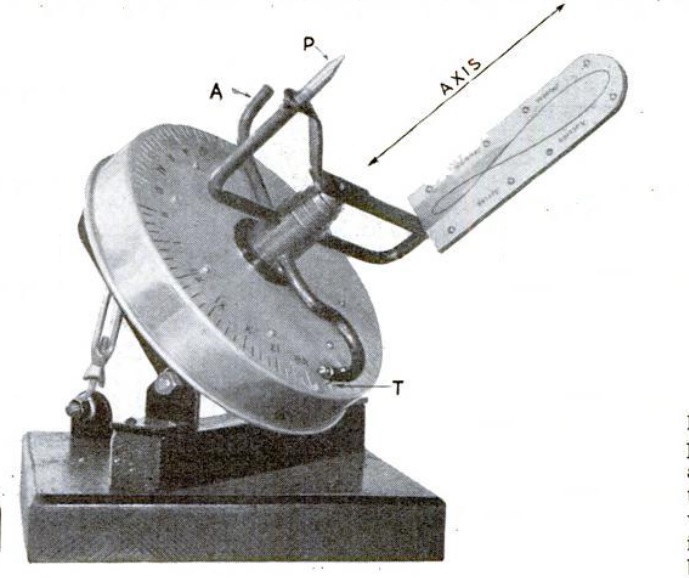 If Junior decides to make a sundial for the Science Fair project, he or she could just order a kit from Amazon, slap it together, and hope for the best, undoubtedly a participation ribbon.
If Junior decides to make a sundial for the Science Fair project, he or she could just order a kit from Amazon, slap it together, and hope for the best, undoubtedly a participation ribbon.
But if they have some basic mechanical aptitude, they can’t go wrong by putting together the advanced model shown here, from the October 1937 issue of Popular Science. This sundial will be able to read the correct time to within about a minute. It’s a bit more complicated to operate, but it’s quite easy once you get the hang of it.
The dial is fixed in place, with the axis pointed at the North Star. This means that the dial is mounted at an angle the same as your latitude, pointing due north. To read the time, you move the upper part of the dial so that the pointer P is casting a shadow on the figure-8 (known as the analemma.)
Once that shadow is positioned, then the time is read directly from the pointer T, which is pointing at the time. The article explains how to calibrate the dial, which has markings every five minutes. With these, you should be able to interpolate the time to within one minute. As an added bonus, the shadow on the analemma shows the approximate date.
Parts are all readily available. The dial itself is a cake pan.
Some links on this site are affiliate links, meaning that this site earns a small commission if you make a purchase after following the link.
